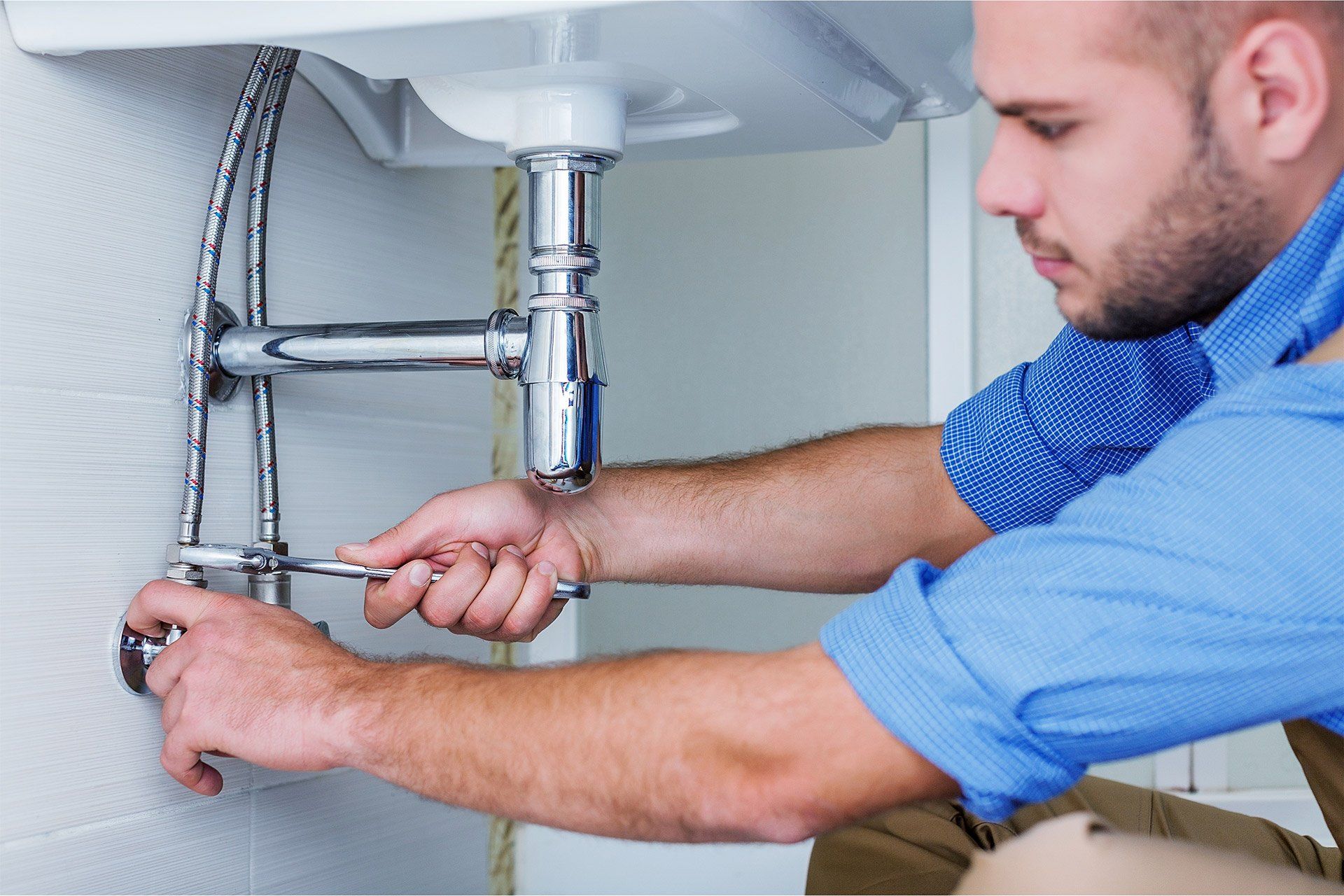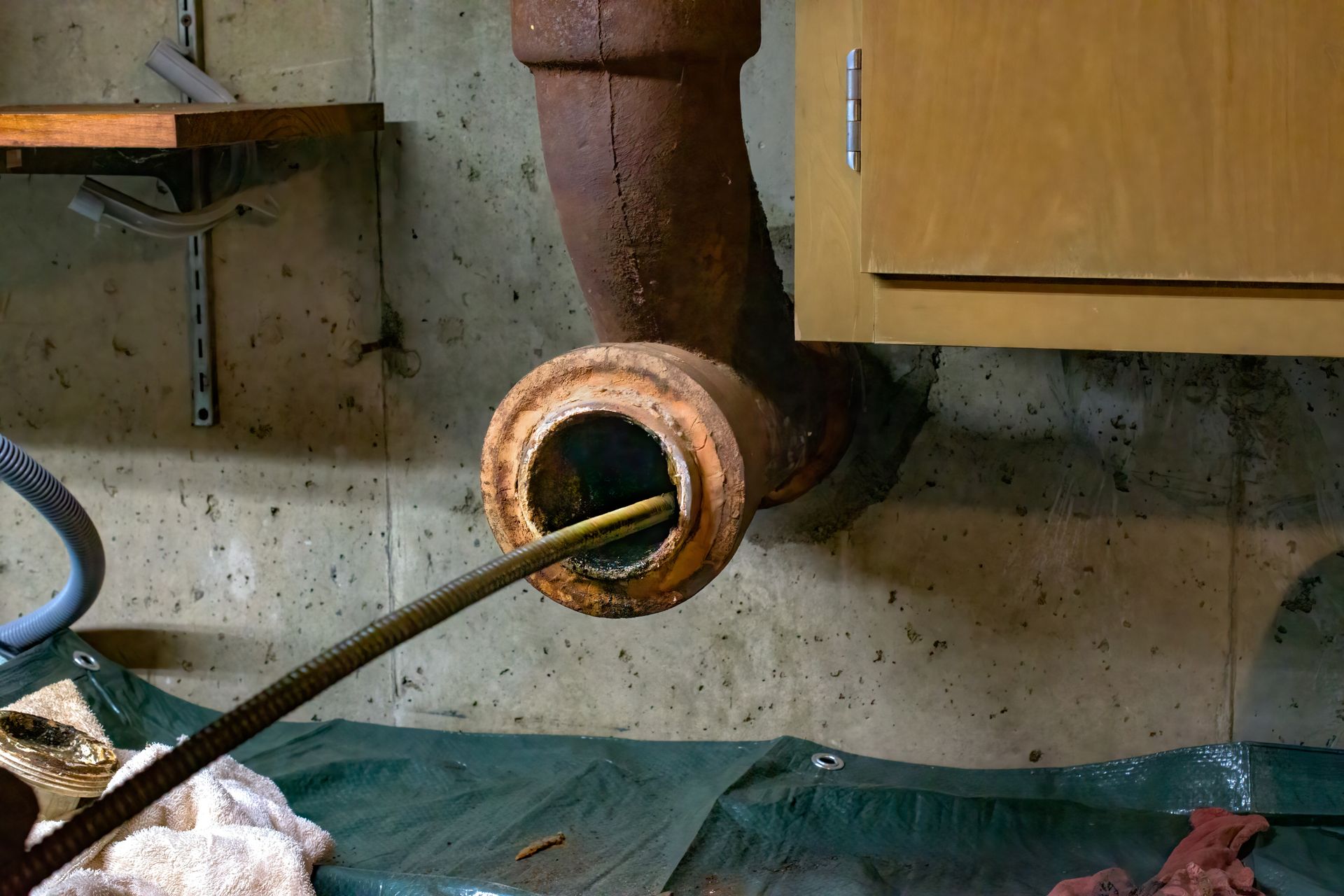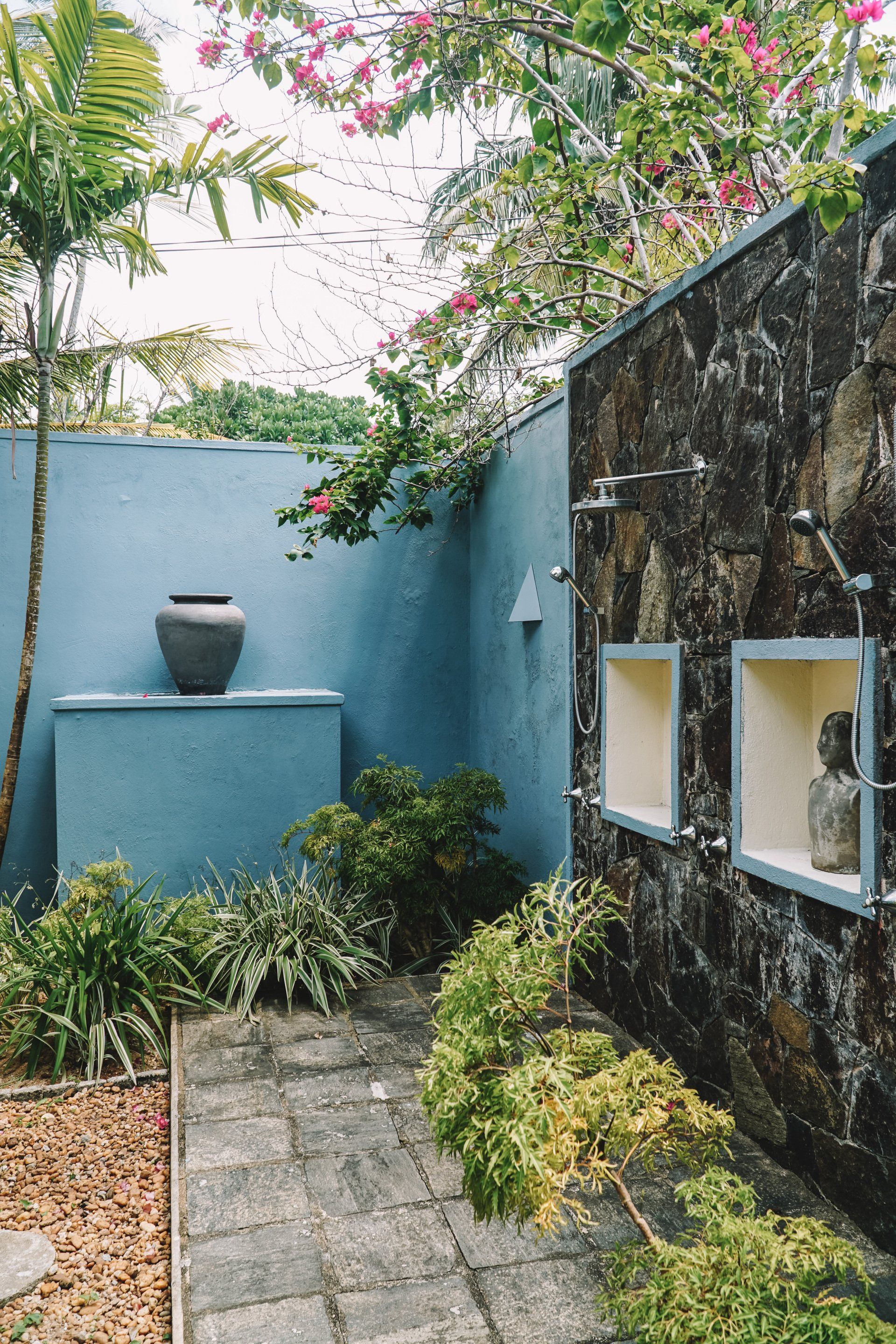Prolonging the Lifespan of Your Plumbing
A Guide to Proper Plumbing Maintenance

Keep your home in top shape with regular maintenance and professional care. A small leak can grow into a major problem if you don't take care of it quickly.
Prevention is better than cure.
When it comes to your plumbing system, prevention is the key to the game. Regular maintenance is the key to ensuring your plumbing stays in tip-top shape, avoiding costly repairs and inconveniences down the road. In this blog post, we'll delve into the essential steps you can take to maintain your plumbing effectively.
1. Schedule Routine Inspections
Just as you wouldn't skip your annual checkup with the doctor, don't neglect your plumbing. Regular inspections by a qualified plumber can identify potential issues before they become major problems. They'll check for leaks, corrosion, and other signs of wear and tear that may not be apparent to the untrained eye.
2. Keep Drains Clear
Clogged drains are a common plumbing woe. Prevent this by being mindful of what goes down your drains. Use drain screens to catch hair and debris, and avoid pouring grease down the kitchen sink. Regularly flush drains with hot water to clear any buildup.
3. Monitor Water Pressure
High water pressure can put stress on your plumbing fixtures and pipes, leading to leaks or bursts. Invest in a water pressure gauge and ensure your home's pressure is within the recommended range. If it's too high, consider installing a pressure regulator.
4. Address Leaks Promptly
Even a small leak can lead to significant water damage over time. Don't ignore leaks or drips; fix them as soon as you notice them. This not only saves water but also prevents costly structural damage.
5. Protect Pipes from Freezing
In colder climates, frozen pipes are a common issue. Insulate exposed pipes and disconnect garden hoses before winter. Running a trickle of water during freezing temperatures can also help prevent freezing.
6. Invest in Professional Maintenance
Consider scheduling an annual professional plumbing maintenance check. A trained plumber can identify potential problems and provide solutions that can save you money in the long run.
Your Plumbing's Best Friend is Preventative Maintenance
Taking care of your plumbing system doesn't have to be a daunting task. Regular maintenance, as outlined in this guide, can significantly extend the life of your plumbing and save you from headaches and costly repairs. Remember, a stitch in time saves nine!
Ready to schedule a professional plumbing maintenance check? Contact Riverview Plumbing Pros today and ensure your plumbing system is in excellent condition. Your peace of mind is just a call away!
Request a Quote
You might also like
RIVERVIEW PLUMING PROS BLOG




